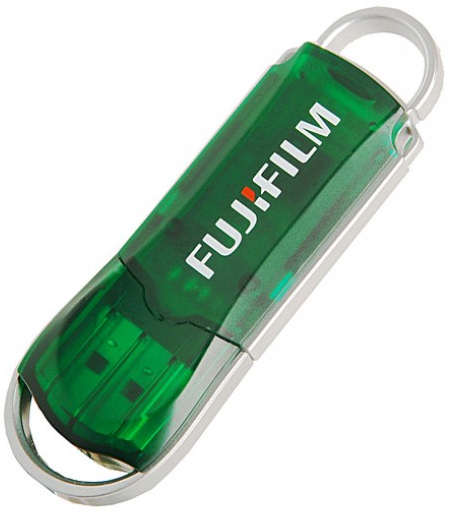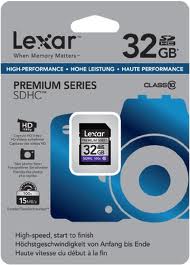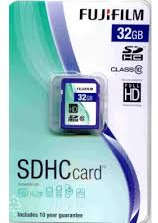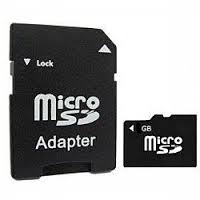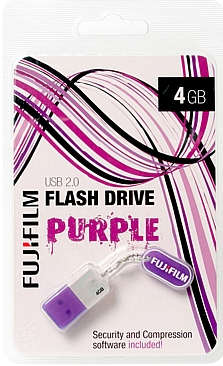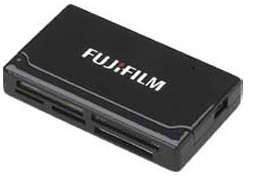PCMCIA
cards were first seen in aroud 1990. These cards were used to transfere
data to PC's and other devices. Then in the early 1990s, a number
of smaller memory card formats arrived, including SmartMedia, CompactFlash,
and Miniature Card. Smaller cards for cell-phones, PDAs, and compact
digital cameras drove a trend that left the previous generation
of "compact" cards looking to big. In digital cameras
SmartMedia and CompactFlash had been very successful, in 2001 SM
alone captured 50% of the digital camera market and CF had a stranglehold
on professional digital cameras. By 2005 however, SD/MMC had nearly
taken over SmartMedia's spot, though not to the same level and with
stiff competition coming from Memory Stick variants, as well as
CompactFlash. In industrial and embedded fields, even the venerable
PC card (PCMCIA) memory cards still manage to maintain a niche,
while in mobile phones and PDAs, the memory card market was highly
fragmented until 2010 when micro-SD came to dominate new high-end
phones and tablet computers. Class 4 cards will be OK for taking
pictures on a digital camera but if your camera will take Full HD
video, then a class 10 card will be needed to receive and store
the huge amount of data these cameras produce.

